



OF
Renfrewshire|unknown
Houston or Houstoun is a village in Renfrewshire. The area has been settled since at least the Bronze Age. On nearby Barochan Hill are the remains of a Roman fort.
The de Houstoun family held the lands in the medieval period. Sir Finlay and Sir Simon of Houston swore fealty to King Edward I of England in 1296. Master Patrick of Houstoun, a Canon of Glasgow, was in 1423 an ambassador sent to London to negotiate the release of King James. Sir John Houstoun of that Ilk, served as Justiciar south of the Forth, an important military position.
1863 OS Map Renfrewshire, Sheet VII. Reproduced with the permission of the National Library of Scotland. (CC BY NLS)
and is said to have been involved in the internecine feuding common in Scotland during this turbulent time. Patrick was succeeded by his eldest son, John, who had been admitted as a burgess and freeman of Glasgow in 1599. The estate descended to Patrick Houstoun of that Ilk, who was confirmed in the Barony of Houston and in 1668 created a Baronet of Nova Scotia. Patrick was Member of Parliament for Renfrewshire and later Dunbartonshire. The 4th Baronet of Houston was Sir John Houstoun. His father had died with substantial debt, which led much of the Houston estate to be sold in 1740.
Houston House © 2013 wfmillar (CC BY-SA 2.0)
On his death in 1744 Houston was left to a James McGuire who changed his name to McRae. James McRae was succeeded by his son James, who demolished much of Houstoun Castle and sold his inheritance to Alexander Spiers of Elderslie. Spiers was one of the Tobacco Lords of Glasgow. His business activities included the Glasgow Arms Bank, the Wester Sugar House and the Smithfield ironworks.
Mercat Cross, South Street, Houston
© 2014 Leslie Barrie (CC BY-SA 2.0)
Among his business interests was the Forth and Clyde Canal, which opened in 1790. On his death, he was succeeded by his son Alexander, MP for Richmond from 1835-41, then Lord Lieutenant of Renfrewshire until his death in 1844.
His widow, Lady Anne Spiers, managed the estates until their son reached adulthood. They moved from the mansion of Elderslie to Houston where they constructed Houston House, incorporating parts of the old castle. Since 2016, the Barony of Houston has been held by Dr Johnny Hon.
Kenneth MacLeay, Houston House, Pencil and watercolour on paper|National Galleries of Scotland (CC-BY NC)






Renfrewshire|unknown
Houston or Houstoun is a village in Renfrewshire. The area has been settled since at least the Bronze Age. On nearby Barochan Hill are the remains of a Roman fort.
The de Houstoun family held the lands in the medieval period. Sir Finlay and Sir Simon of Houston swore fealty to King Edward I of England in 1296. Master Patrick of Houstoun, a Canon of Glasgow, was in 1423 an ambassador sent to London to negotiate the release of King James. Sir John Houstoun of that Ilk, served as Justiciar south of the Forth, an important military position.
1863 OS Map Renfrewshire, Sheet VII. Reproduced with the permission of the National Library of Scotland. (CC BY NLS)
and is said to have been involved in the internecine feuding common in Scotland during this turbulent time. Patrick was succeeded by his eldest son, John, who had been admitted as a burgess and freeman of Glasgow in 1599. The estate descended to Patrick Houstoun of that Ilk, who was confirmed in the Barony of Houston and in 1668 created a Baronet of Nova Scotia. Patrick was Member of Parliament for Renfrewshire and later Dunbartonshire. The 4th Baronet of Houston was Sir John Houstoun. His father had died with substantial debt, which led much of the Houston estate to be sold in 1740.
Houston House © 2013 wfmillar (CC BY-SA 2.0)
On his death in 1744 Houston was left to a James McGuire who changed his name to McRae. James McRae was succeeded by his son James, who demolished much of Houstoun Castle and sold his inheritance to Alexander Spiers of Elderslie. Spiers was one of the Tobacco Lords of Glasgow. His business activities included the Glasgow Arms Bank, the Wester Sugar House and the Smithfield ironworks.
Mercat Cross, South Street, Houston
© 2014 Leslie Barrie (CC BY-SA 2.0)
Among his business interests was the Forth and Clyde Canal, which opened in 1790. On his death, he was succeeded by his son Alexander, MP for Richmond from 1835-41, then Lord Lieutenant of Renfrewshire until his death in 1844.
Houston House © 2014 Amelia Hallsworth (used with permission)
His widow, Lady Anne Spiers, managed the estates until their son reached adulthood. They moved from the mansion of Elderslie to Houston where they constructed Houston House, incorporating parts of the old castle. Since 2016, the Barony of Houston has been held by Dr Johnny Hon.
Kenneth MacLeay, Houston House, Pencil and watercolour on paper|National Galleries of Scotland (CC-BY NC)








Contact
Forum for the Scottish Baronage, c/o Brodies LLP, Capital Square, 58 Morrison Street, Edinburgh EH3 8BP, Scotland UK
Copyright
Copyright 2022, Forum for The Scottish Baronage, as a collective work, all additional rights to content contributed and/or licensed contained herein are expressly reserved to such contributors and licensors as independently owned and protected copyrighted works.





